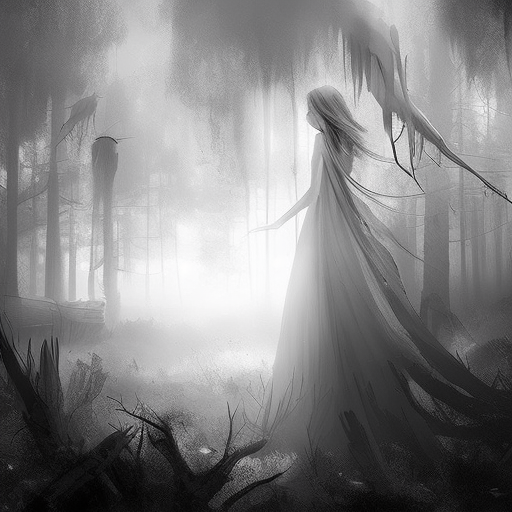One-line summary:
Stiff: The Curious Lives of Human Cadavers is a fascinating and darkly humorous exploration of what happens to our bodies after we die, delving into the various ways corpses have been used throughout history for scientific research, medical advancements, and even macabre entertainment.
The Journey of the Dead
In “Stiff: The Curious Lives of Human Cadavers,” author Mary Roach takes readers on a captivating journey through the strange and often misunderstood world of human cadavers. With a mix of humor, curiosity, and scientific rigor, Roach explores the various fates that await our bodies after death, shedding light on the important roles cadavers have played throughout history.
Roach begins by examining the early days of anatomical dissection, when grave robbing was a common practice due to the limited supply of cadavers for medical research. She introduces readers to the infamous “resurrectionists” who supplied medical schools with stolen corpses, and the subsequent rise of legislation to regulate the procurement of bodies.
From there, Roach delves into the world of body donation, exploring the ethical and practical considerations involved in choosing to donate one’s body to science. She visits the Body Farm in Tennessee, where donated bodies are left to decompose in various conditions to aid forensic research. Roach’s vivid descriptions of the decomposition process and the work of forensic anthropologists provide a unique perspective on the afterlife of cadavers.
Unconventional Uses of Cadavers
Roach also explores the unconventional uses of cadavers beyond scientific research. She investigates the history of human taxidermy, from the preservation of famous individuals like Jeremy Bentham to the creation of anatomical waxworks. Roach’s witty anecdotes and historical insights shed light on the macabre fascination humans have with preserved bodies.
Furthermore, Roach delves into the world of crash test dummies and the crucial role cadavers have played in improving automotive safety. She highlights the contributions of cadaver research in understanding the effects of accidents on the human body and developing life-saving safety measures.
Medical Advancements and Beyond
In the final section of the book, Roach explores the cutting-edge medical advancements made possible by cadaver research. She investigates the field of surgical simulation, where surgeons practice complex procedures on cadaveric specimens before operating on living patients. Roach also explores the world of organ transplantation, discussing the challenges and ethical considerations surrounding the procurement and use of human organs.
Throughout the book, Roach’s witty and irreverent writing style keeps readers engaged as she tackles sensitive topics with both respect and humor. She seamlessly weaves together historical anecdotes, interviews with experts, and her own experiences to provide a comprehensive and entertaining exploration of the lives of human cadavers.
Key Takeaways:
- Human cadavers have played a crucial role in advancing medical knowledge and improving surgical techniques.
- Body donation to science is a valuable and ethical choice that can contribute to scientific research and education.
- The unconventional uses of cadavers, such as taxidermy and crash test dummies, highlight our complex relationship with death and the human body.
“The way I see it, being dead is not terribly far off from being on a cruise ship. Most of your time is spent lying on your back. The brain has shut down. The flesh begins to soften. Nothing much new happens, and nothing is expected of you.” – Mary Roach
In “Stiff: The Curious Lives of Human Cadavers,” Mary Roach skillfully combines scientific research, historical anecdotes, and her own unique perspective to provide a captivating exploration of the afterlife of human bodies. Through her engaging storytelling and dark humor, Roach challenges societal taboos surrounding death and encourages readers to consider the valuable contributions cadavers have made to science and medicine.












